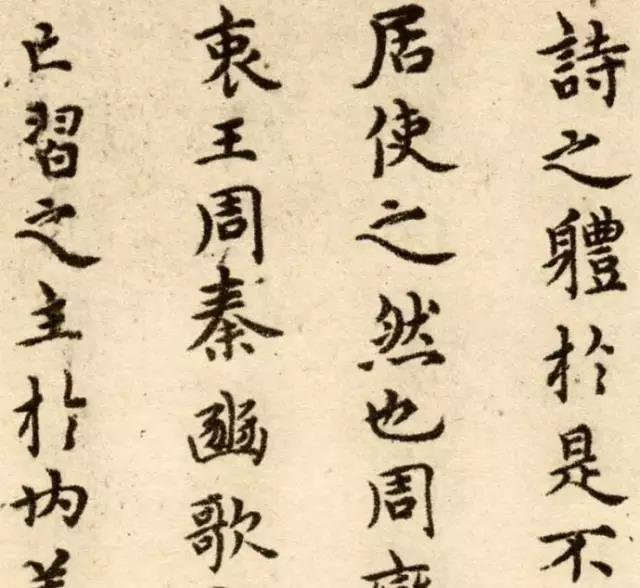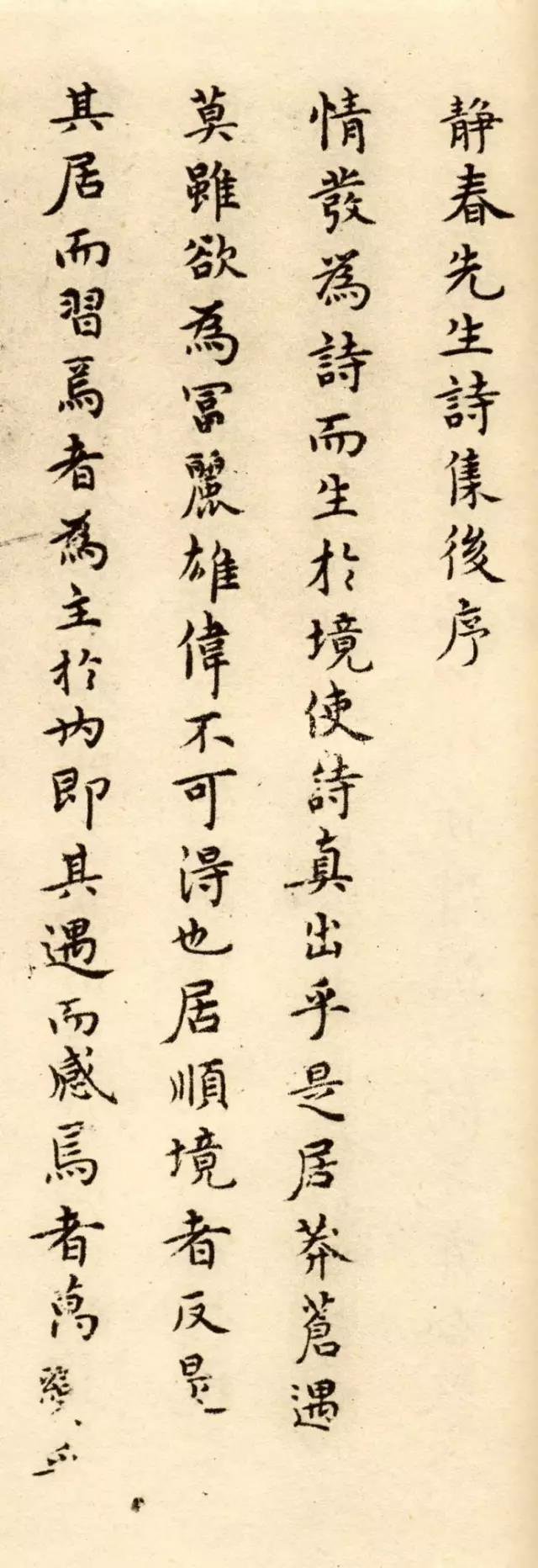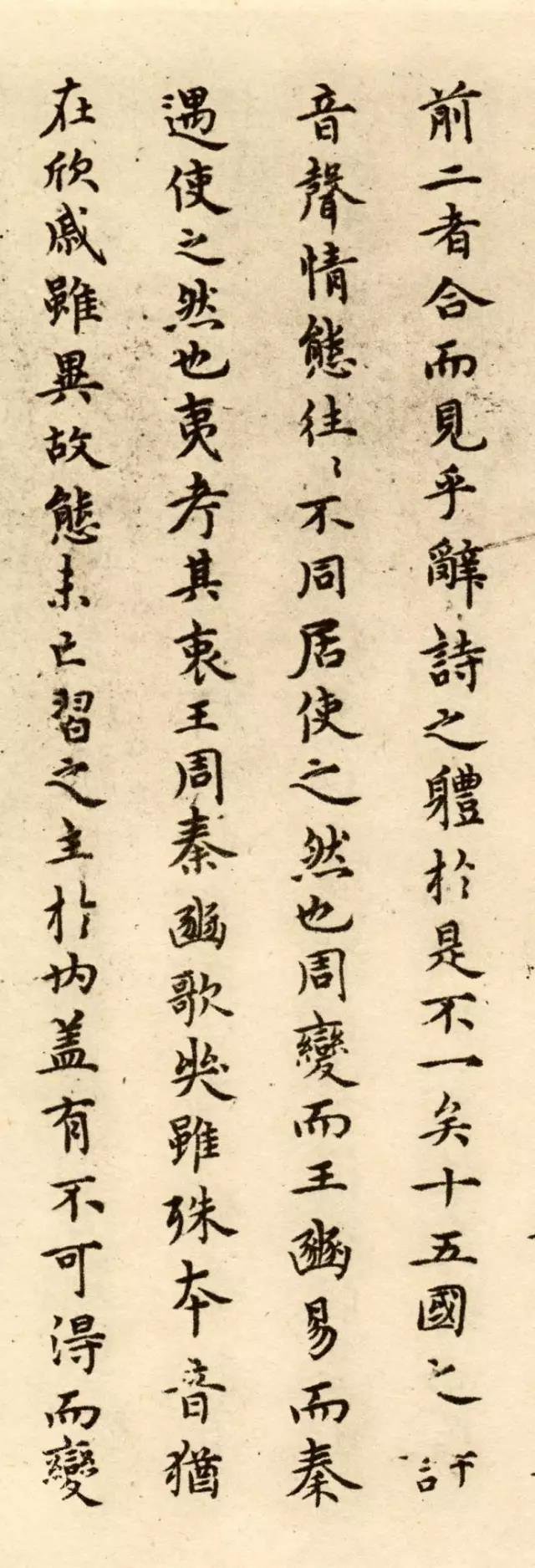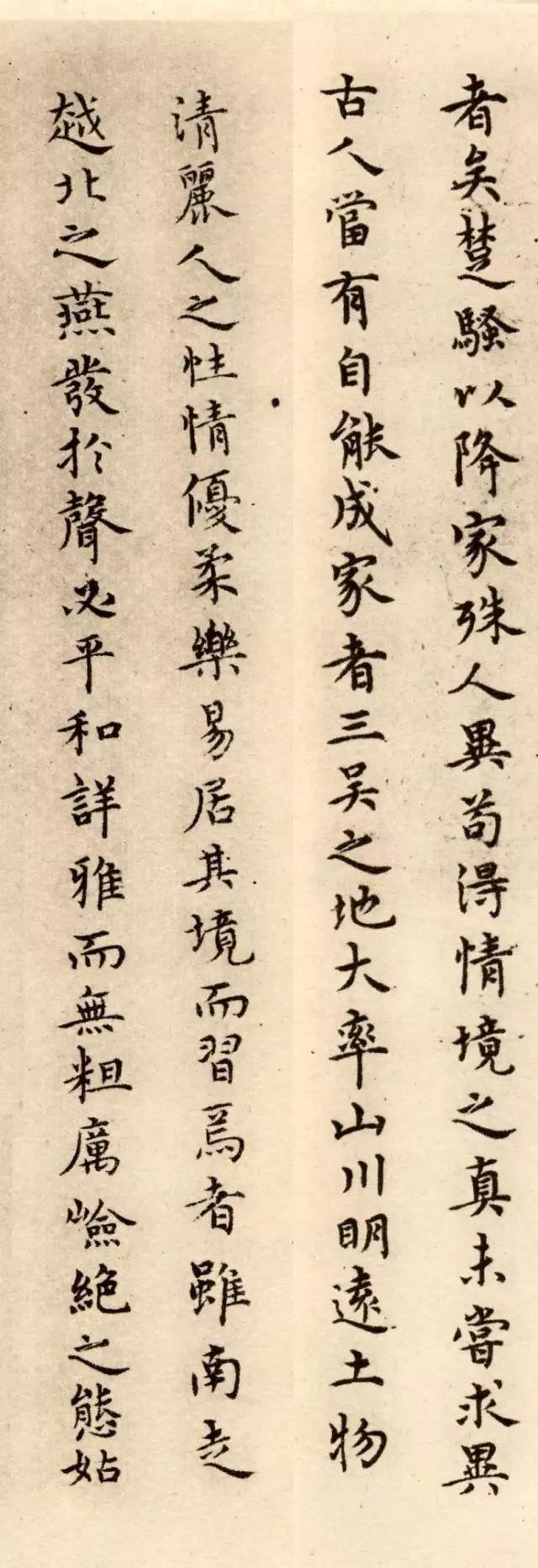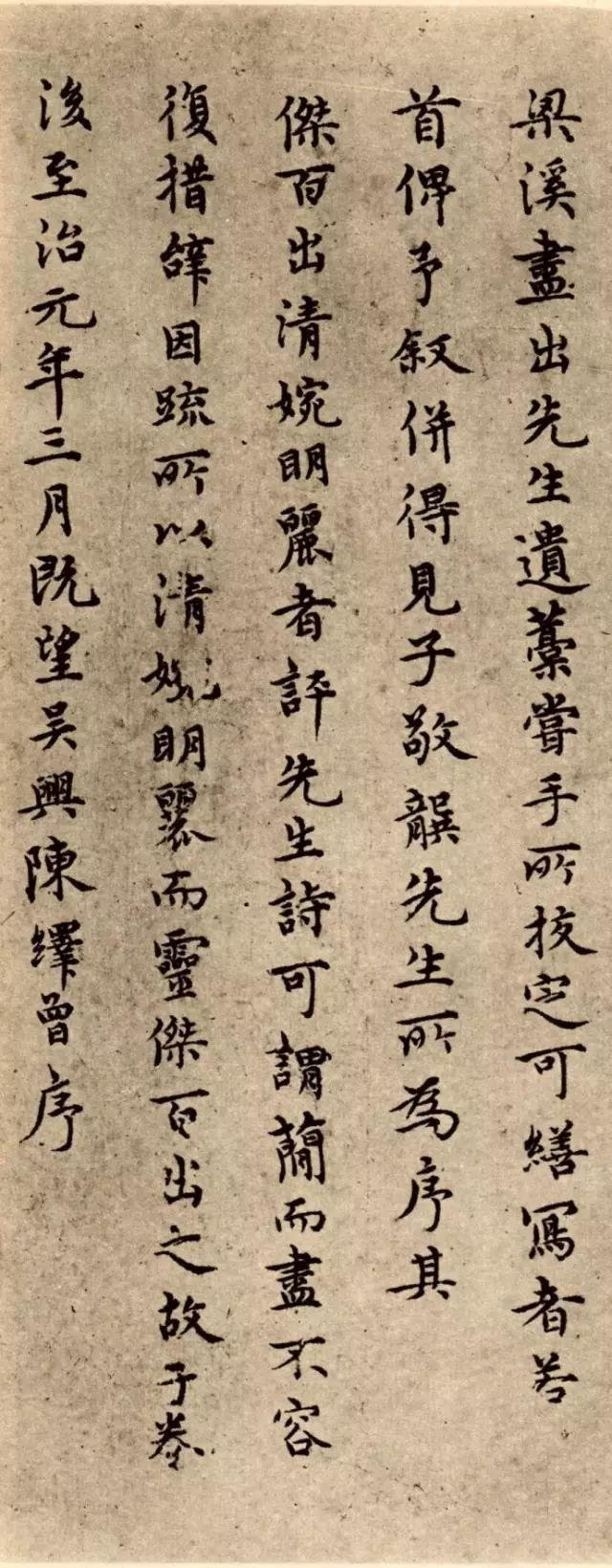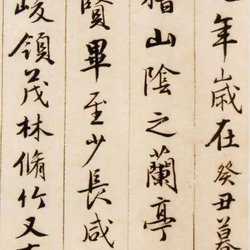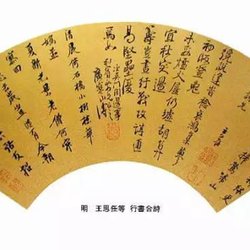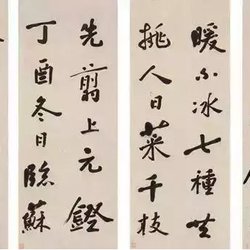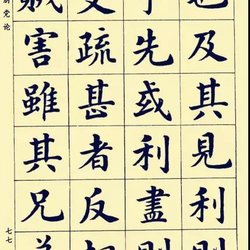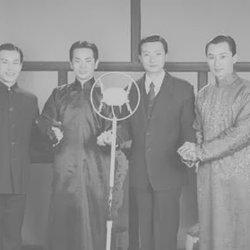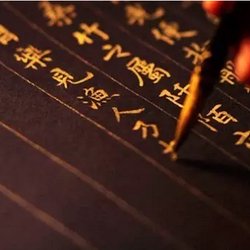Chen Yizeng (lived around 1329 AD), whose courtesy name was Bofu, also known as Bofu, was born in Chuzhou (now Lishui, Zhejiang). A calligrapher from Yuan Tong to Yuan Dynasty in Yuan Dynasty. The official went to Guozi to assist in the narration. In the third year of Zhizheng of the Yuan Dynasty (1343), he served as the editor of the Academy of National History. He was extremely knowledgeable and sensitive. He could recite many classics and commentaries, and his writing was voluminous. As famous as Chen Lu. Master Zhen, Cao, Zhuan and Li, and learn their own methods. Especially good at flying white, like dust wisps and gossamer, autumn cicadas and spring butterflies. He also wrote "History of Liao". He is the author of "Essentials of the Original Image of Calligraphy and the Imperial Academy", "On Wenquan Genealogy", "Ancient and Modern Styles", "Grades of Imperial Examinations", etc.
Jingchun Hall is the name of the Zhaitang where Yuan Yi lived. "Jingchuntang Poetry Collection" was compiled by Yuan Zhongchang, the second son of Yuan Yi, who compiled his father's manuscripts and asked his father's friends to write a preface. "The Preface to the Collection of Poems by Mr. Jingchun" written by Chen Yizeng is a section of the preface to the "Collection of Poems by Jingchun Hall" written by people in the Yuan Dynasty. In addition to Chen Yizeng, there are also prefaces written by Gong Ying, Lu Wengui, Yang Zai, Tang Michang and others, postscripts written by Yu Ji and Guo Linsun, poems written by Qian Chongding, and the "Epitaph of Mr. Yuan Jun, Mr. Jingchun" written by Huang Shu. From the preface and the inscription "Wang in March of the first year of Zhizhi", it can be inferred that Chen Yizeng painted this work in 1321.
This preface is written in small regular script. It is powerful and precise. The pen is precise and delicate, with ease and ease. Everywhere the pen touches is elegant and elegant. Tao Zongyi's "History of Calligraphy" records: "Chen Yi was good at calligraphy. He was familiar with both cursive, seal, and official script, and each had his own method." However, very few of Chen Yizeng's ink writings have been handed down, and this is his representative work. Chen Yizeng's small regular script was modeled after the Wei and Jin Dynasties. His works have a stable structure, dignified and simple posture, gentleness and vigor, strict rules and vivid mood. Although this work is not powerful and powerful, it has the style of Jin and Tang calligraphy, and it also has its own certain style, with a graceful and elegant style. This effect makes the pen fine and delicate, and the place where the pen touches is elegant and elegant. He deliberately made the length, length, and straightness of the stipples follow the shape of the characters. The more complex the strokes, the larger the strokes, while the simpler the strokes, the smaller. The stipples in the work are mainly round pens, which are round and full, and the writing is honest and powerful, just like throwing bricks and stones, which makes people dare not imitate it with false meaning. At the same time, in the calm and implicit brushwork, there is a kind of "Tao and God" nature integrated into it. In terms of layout, the word spacing is relatively loose, and the distance between lines is widened to make the work appear wide and stretched, thus reflecting the effect of seeing small things as large and seeing dense things as sparse.
